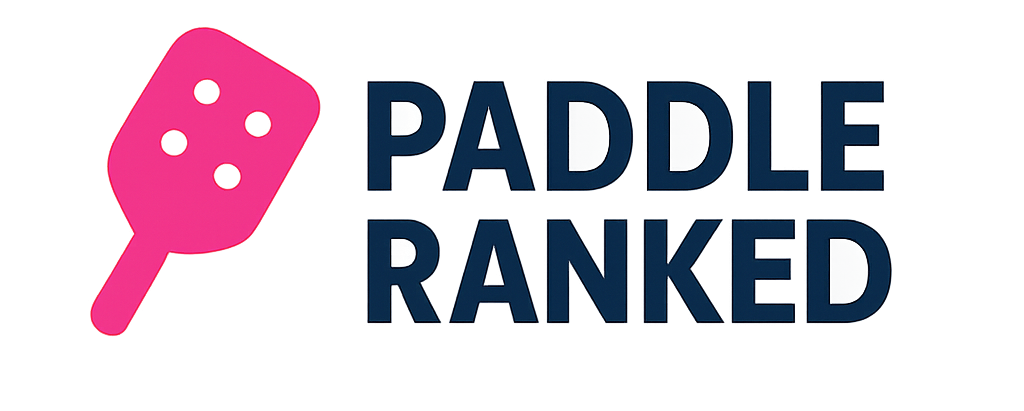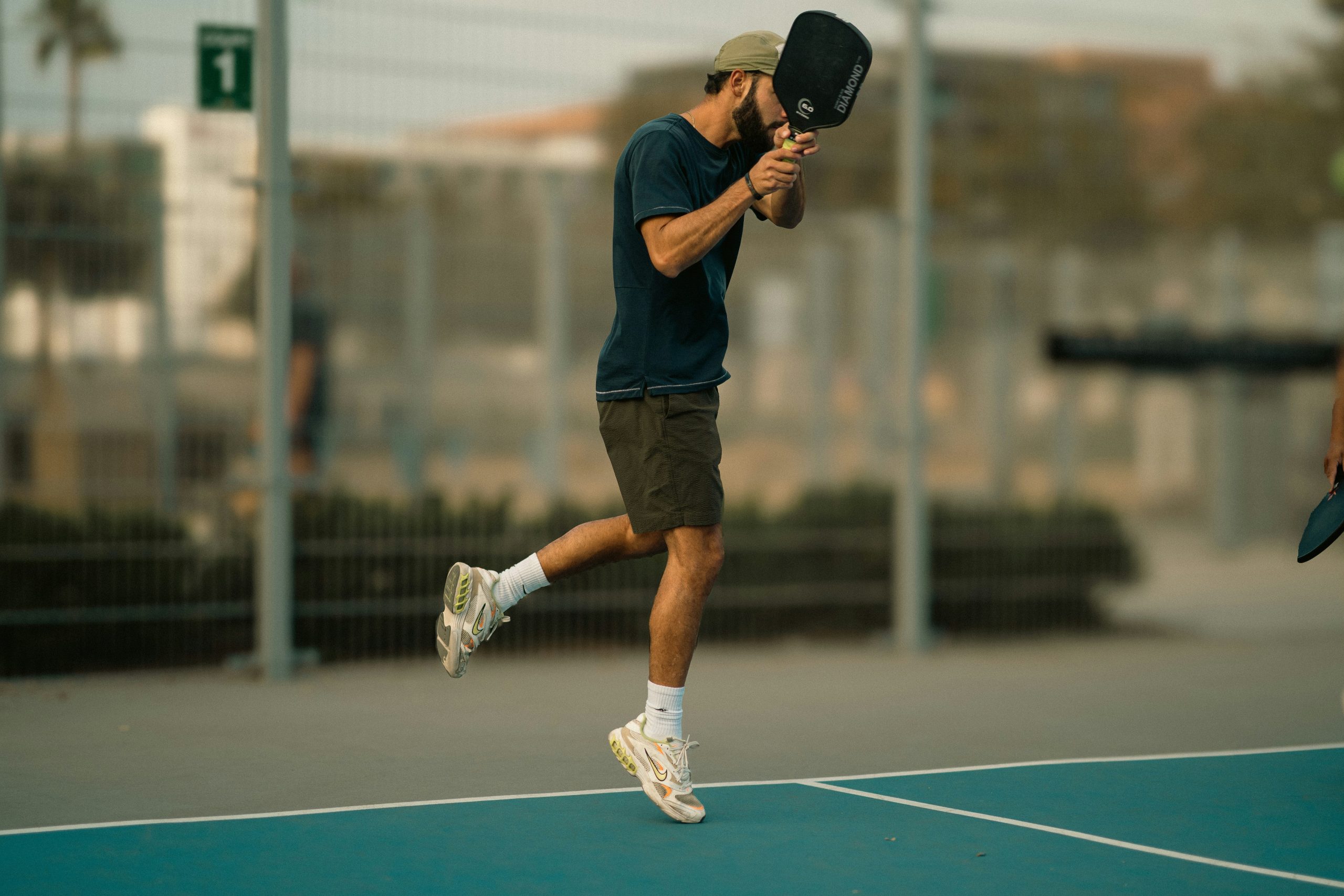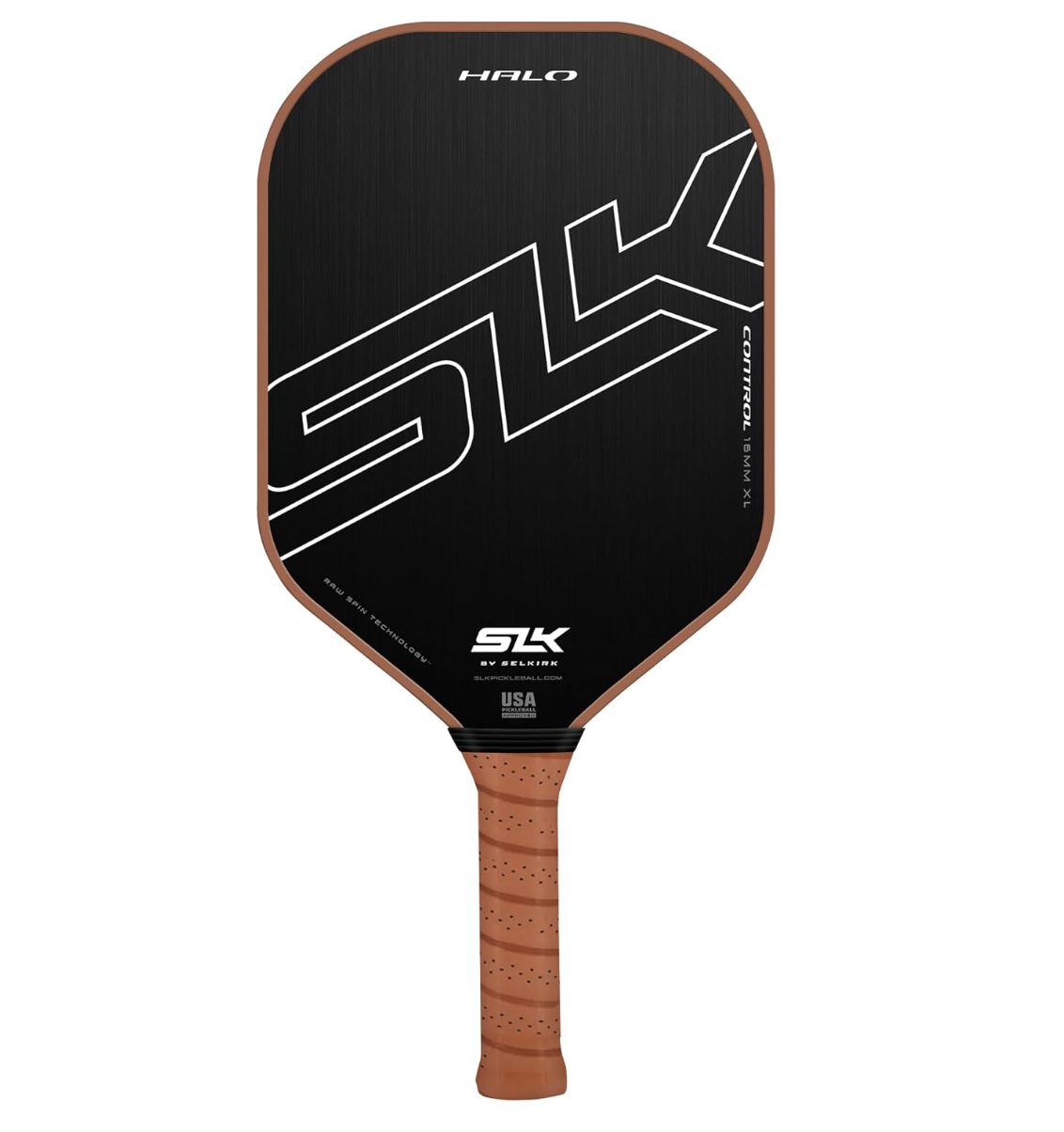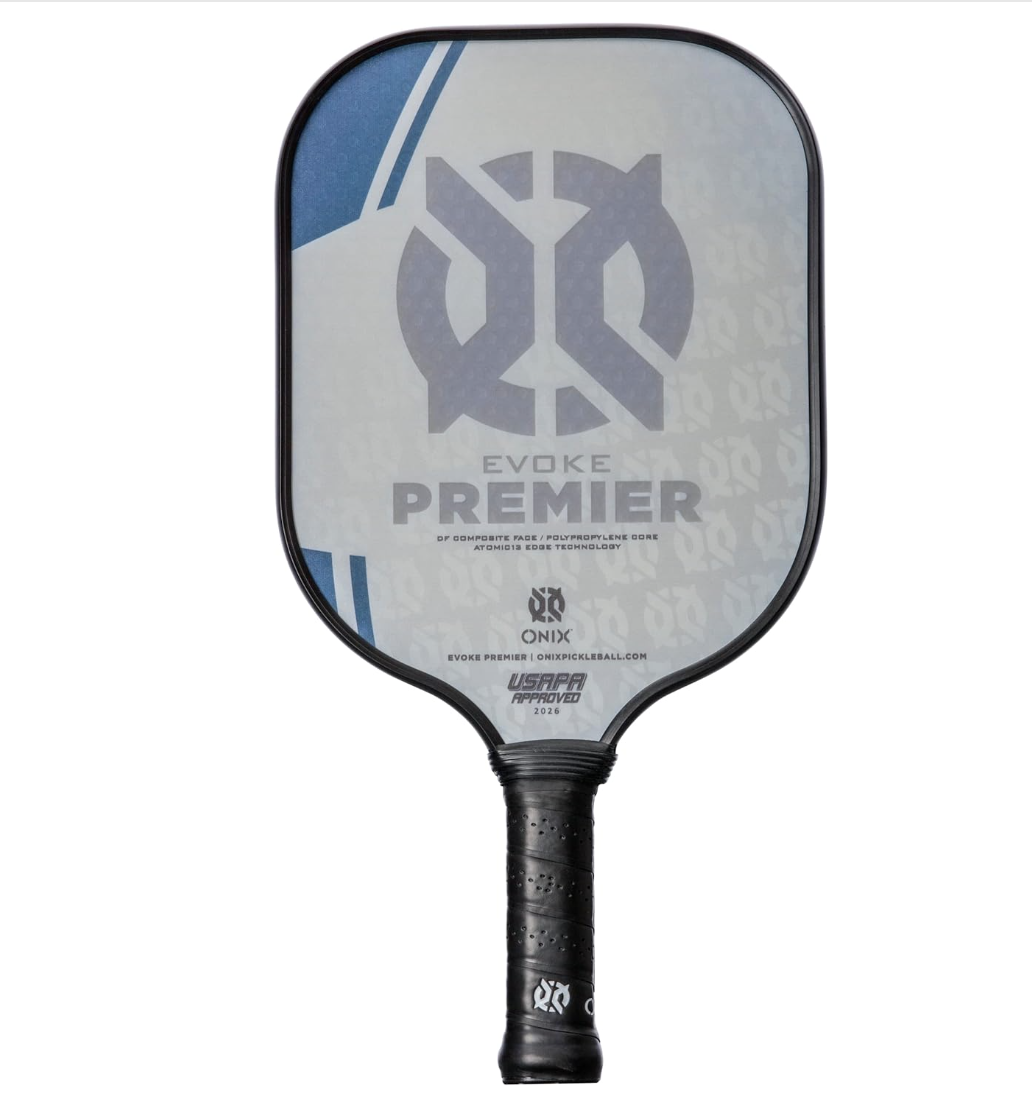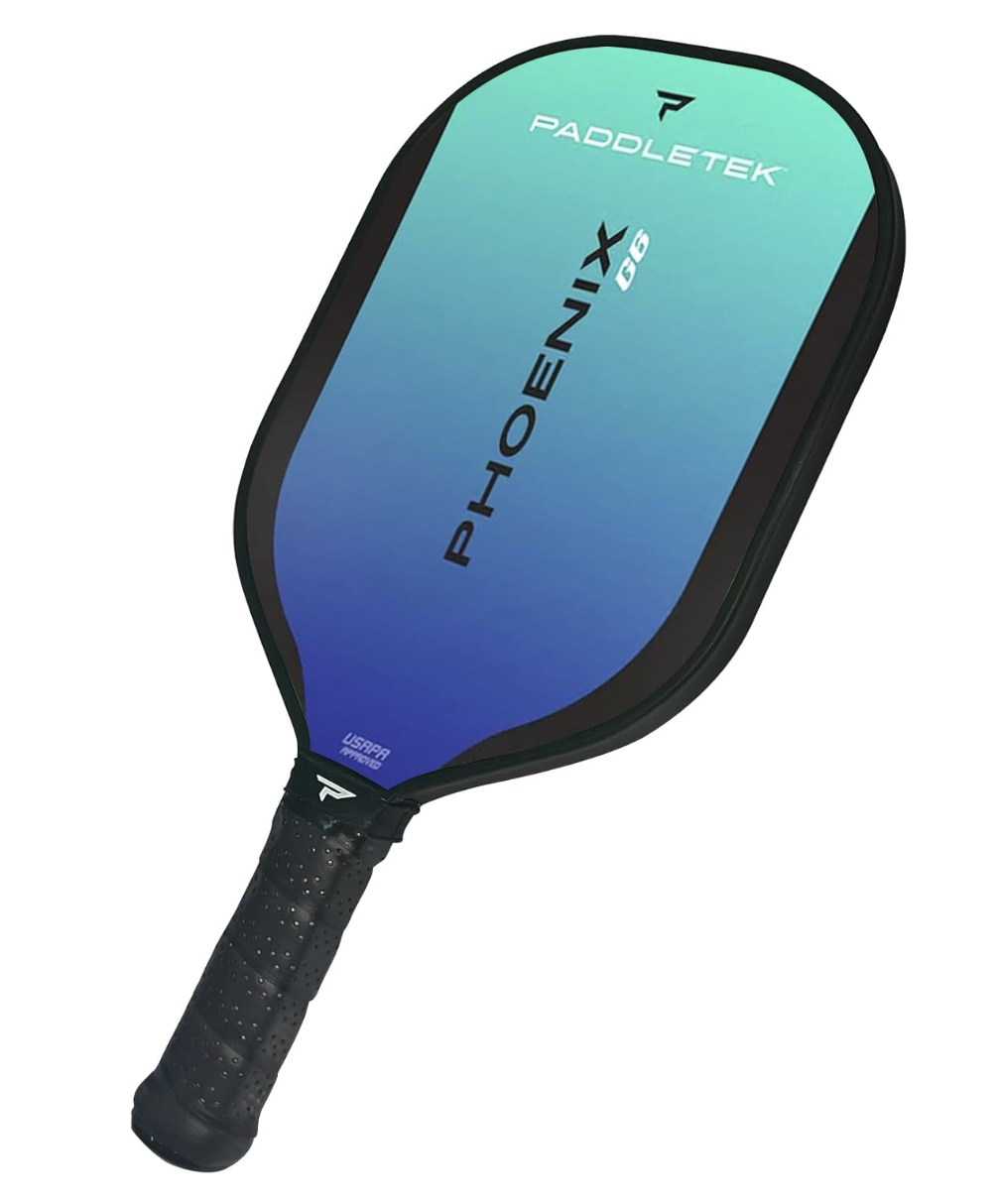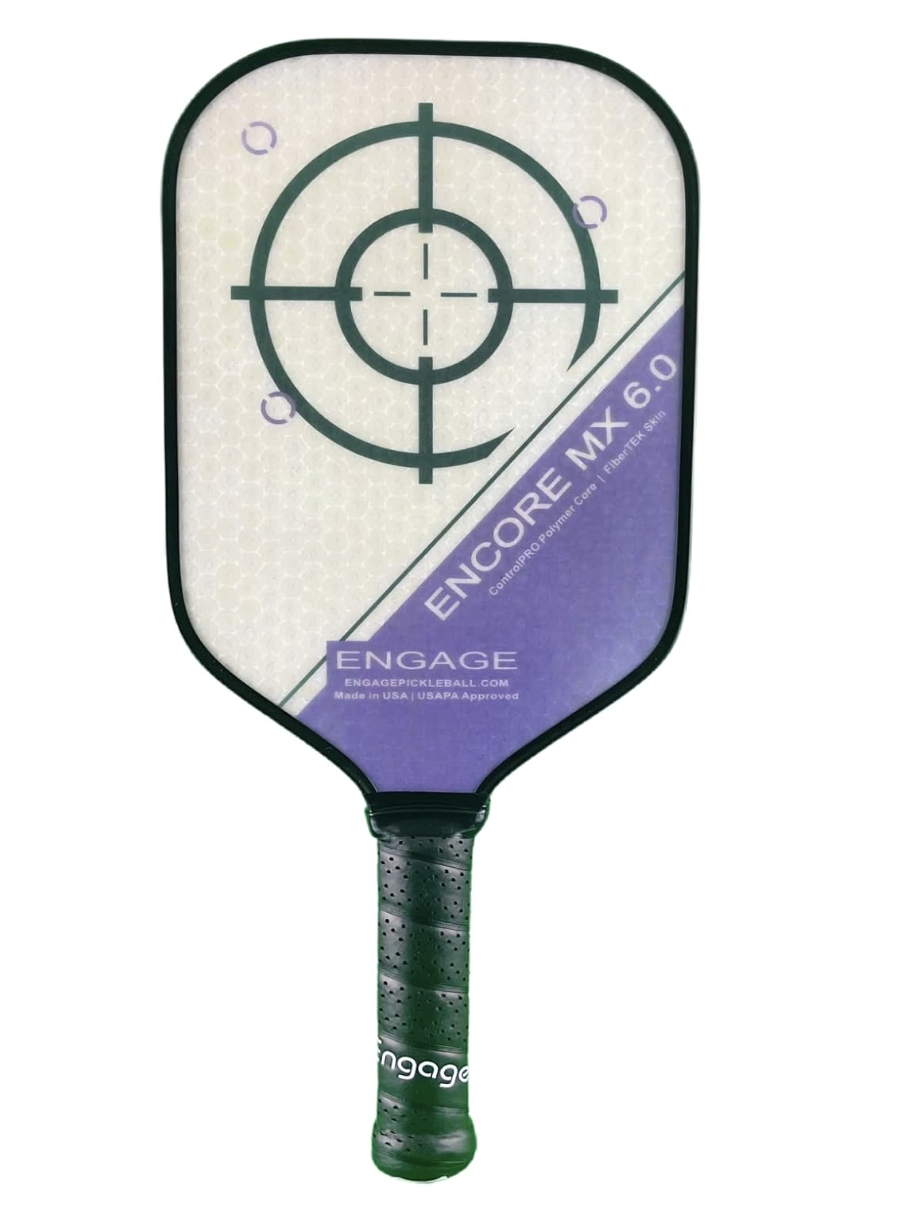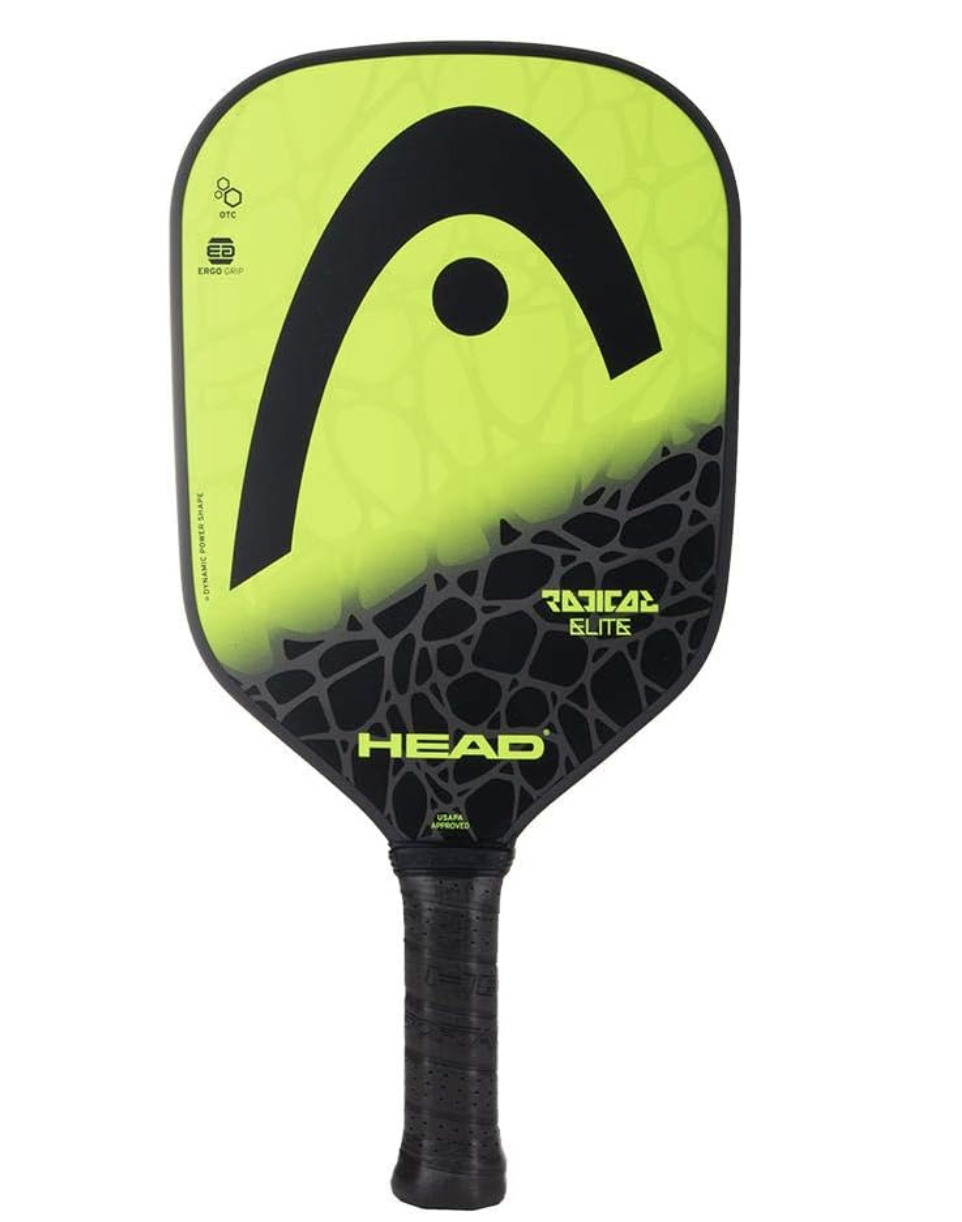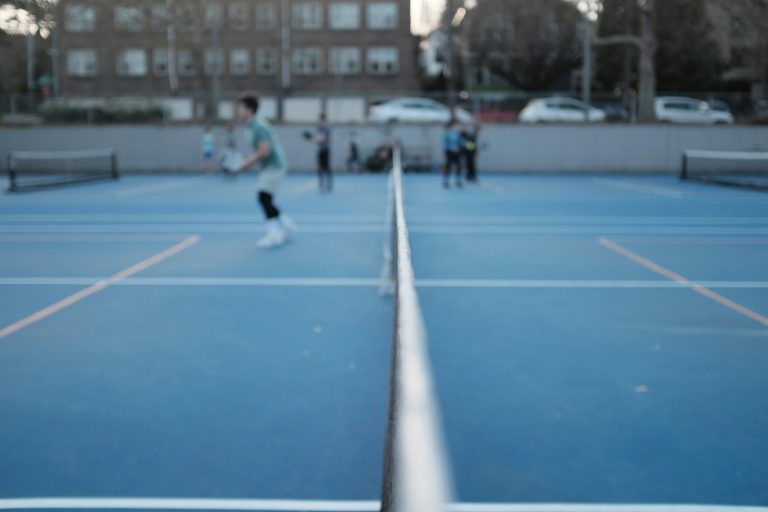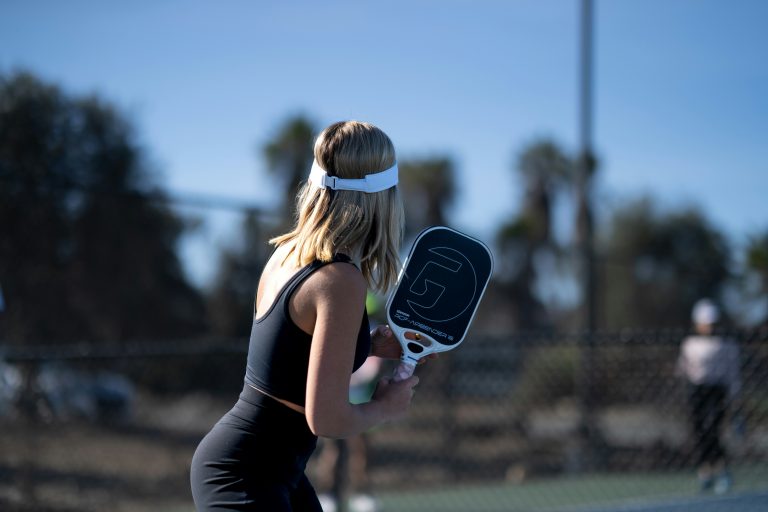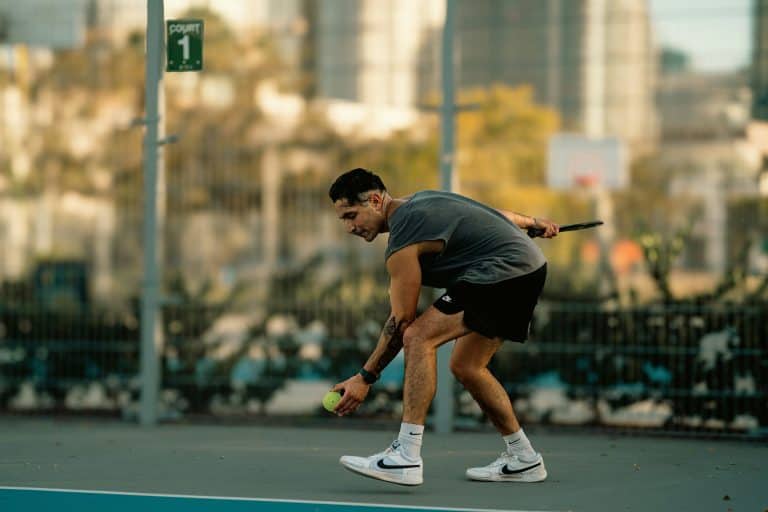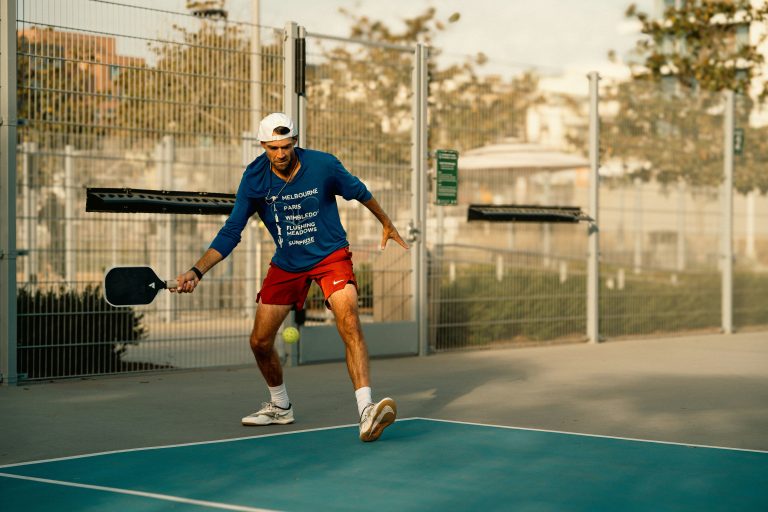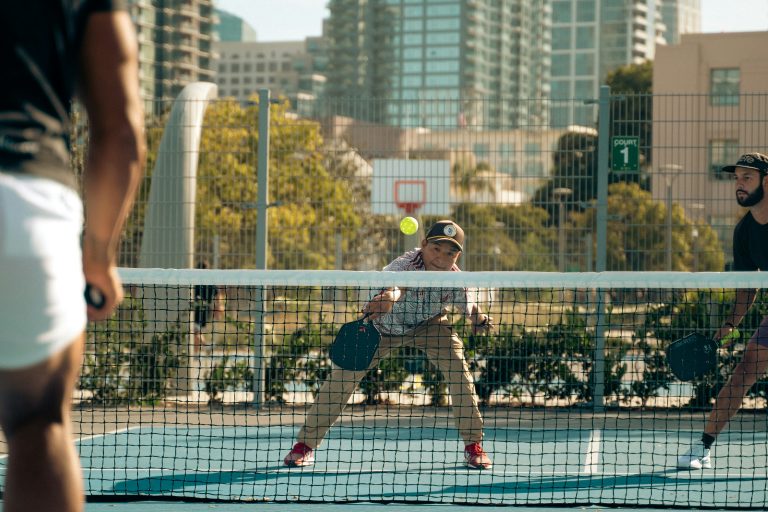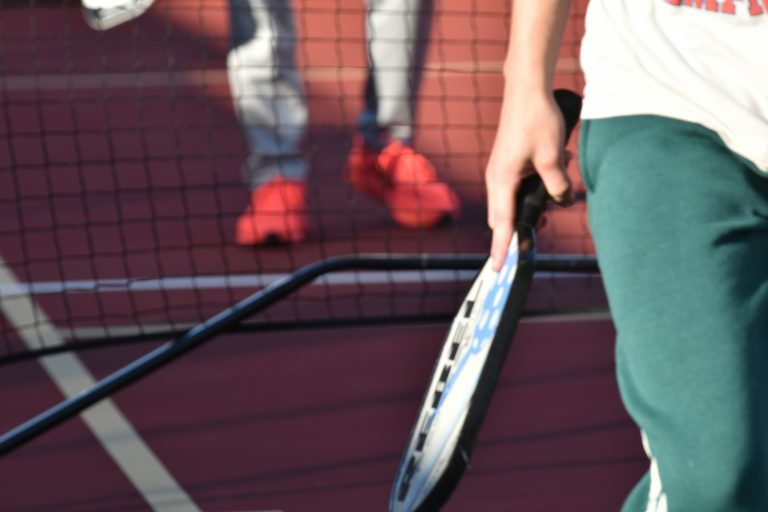Best Pickleball Paddles for Shoulder Pain (2025)
Updated July 2025
If you’ve ever stepped off the pickleball court with a sore shoulder, or worse, had to skip play altogether because of nagging pain, trust us you’re not alone. Shoulder strain is one of the most common complaints among recreational and competitive players alike. Fortunately for you, your paddle choice can make a major difference in how your body feels during and after a match.
Whether you’re managing a long standing shoulder injury or just noticing a bit of discomfort on your serves, the right paddle can provide noticeable relief. In this 2025 guide, we’ll break down what features to look for and highlight the best paddles designed to ease shoulder tension without sacrificing performance.
Pickleball and Shoulder Pain — A Common Pair
Why So Many Players Deal with Shoulder Strain
Pickleball might look like a low-impact sport from a distance, but anyone who’s played for more than a few matches knows that the repetitive swinging, quick reactions, and overhead motions can take a toll, especially on the shoulder joint. Older players and those with previous injuries are particularly vulnerable.
Paddles Can Help or Hurt — Here’s Why
A heavy, stiff paddle might give you some power, but it also transfers more shock into your arm. Add that up over time, and you’ve got a recipe for pain. The right paddle, on the other hand, can absorb vibrations, reduce torque on your joints, and make every swing feel smoother and lighter.
What to Look for in a Paddle If You Have Shoulder Pain
Weight: Light Is Better (but not too light)
Lightweight paddles in the 7.2 to 7.8 oz range reduce the strain on your rotator cuff. Just be careful—going ultra-light can sometimes force you to swing harder to generate power, which defeats the purpose. Aim for a balanced weight that feels easy to swing without overcompensating.
Core Material: Softer Cores = Less Shock
Polymer and other soft polymer based cores help dampen the vibration you feel at contact. These cores compress slightly when the ball hits, which reduces the jarring sensation that can inflame tendons or aggravate existing injuries.
Grip Size and Handle Comfort
Grip too large, and your hand stays tense. Grip too small, and you’ll overgrip to compensate. The sweet spot is often around 4.25 inches in circumference. Look for ergonomic shapes, cushioned wraps, or even sweat-absorbing grip tape to reduce slippage and joint tension.
Surface Material: Carbon vs Graphite vs Fiberglass
Surface choice affects feel. Carbon fiber offers control and dampened pop, while fiberglass provides more rebound and can feel more “jumpy.” If you’re sensitive to impact or noise, carbon or graphite faces typically provide a more muted feel.
Balance Point: Avoid Head Heavy Options
Paddles with most of their weight in the head (top) can cause shoulder fatigue fast. A paddle with a more even or handle-biased balance point reduces leverage strain and is easier to swing repeatedly.
Best Pickleball Paddles for Shoulder Pain (2025)
Selkirk SLK Halo Control XL
- Why It’s Here: This paddle is a standout for control-focused players dealing with shoulder discomfort. The Rev-Core polymer core absorbs shock on every hit, while its raw carbon fiber surface gives you superb spin and ball control. The elongated shape offers reach without extra strain.
- Specs:
- Weight: 7.6–7.8 oz
- Core: Rev-Core Polymer
- Grip Size: 4.25″
- Shape: Elongated
- Surface: Raw Carbon Fiber
Onix Evoke Premier LT
- Why It’s Here: A lighter spin on one of the most trusted paddles in competition. The Evoke Premier LT reduces shoulder load without compromising pop. The DF composite surface has a slightly muted touch, and the widebody shape gives you a big sweet spot to reduce mishits.
- Specs:
- Weight: 7.2–7.5 oz
- Core: Polypropylene
- Grip Size: 4.25″
- Shape: Standard Widebody
- Surface: DF Composite
Paddletek Phoenix G6
- Why It’s Here: An excellent entry level or budget-conscious option, the Phoenix G6 has a forgiving feel and does a solid job of absorbing shock. The textured fiberglass face adds spin potential, and the weight is balanced enough to protect your joints during long rallies.
- Specs:
- Weight: 7.8 oz
- Core: PolyCore
- Grip Size: 4.25″
- Shape: Widebody
- Surface: Textured Fiberglass
Engage Encore EX 6.0
- Why It’s Here: One of the thickest paddles on the market, the EX 6.0 features a ControlPro polymer core and extra depth for optimal vibration dampening. It plays soft and slow—perfect for those looking to prioritize comfort and touch.
- Specs:
- Weight: 7.6–8.3 oz
- Core: ControlPro Polymer
- Grip Size: 4.375″
- Shape: Standard
- Surface: Textured Fiberglass
HEAD Radical Elite
- Why It’s Here: HEAD’s Radical Elite is the most affordable paddle on this list, but don’t overlook it. It features a comfortable OTC polymer core, a reliable fiberglass face, and a well-shaped ergonomic grip that eases hand and arm fatigue.
- Specs:
- Weight: 8.1 oz
- Core: OTC Polypropylene
- Grip Size: 4.25″
- Shape: Standard
- Surface: Fiberglass
Pro Tips for Playing Through Shoulder Pain
Dynamic warmups are a must, please don’t just step onto the court cold. Arm circles, band stretches, and light swings all help get blood flowing and reduce stiffness. Keep your grip reltivley loose while playing. A death grip not only wears out your arm faster, but it also messes with the paddle’s natural ability to absorb vibration. If pain persists, work with a PT or trainer to strengthen your rotator cuff and scapular stabilizers. And don’t forget to replace old paddles. A dead core loses its shock absorption and can make matters worse.
Final Thoughts
Don’t push through pain when a better paddle could help. Today’s technology offers real improvements in shock absorption, weight balance, and vibration dampening. Whether you’re coming off an injury or just trying to protect your shoulder for the long haul, the right paddle can be a game-changer.
Also check out our guides on the Pickleball Paddle Weight Guide, Best Pickleball Paddles for Seniors, Best Pickleball Paddles for Control, Best Paddle for Tennis Elbow, and Top Paddles Under $100.
The right paddle can help relieve shoulder strain and keep you in the game. Choose one that works with your body, not against it so you can play longer and feel better
FAQs — Shoulder Pain & Pickleball Paddle Questions Answered
What weight should my paddle be for shoulder pain?
Look for paddles in the 7.2 to 7.8 oz range. They’re light enough to reduce strain, but still offer control.
Is a heavier paddle worse for injuries?
Generally, yes. Heavier paddles increase torque and load on your joints, especially during serves and overheads.
Which paddle core material helps reduce joint pain?
Polymer cores are widely considered the softest and most joint-friendly, especially thicker models.
Are elongated paddles bad for shoulder strain?
Not necessarily. As long as the weight is balanced and not head-heavy, elongated paddles can be fine.
Can grip size impact shoulder and elbow comfort?
Absolutely. A grip that’s too large or too small forces compensations in your arm and can lead to tension and pain.
What shape is best for injury recovery?
Standard or widebody shapes often have more forgiving sweet spots, reducing the chance of jarring mishits.
Are carbon fiber paddles bad for shoulder pain?
Not at all. In fact, many carbon paddles provide better feel and reduced vibration compared to fiberglass.
Do vibration dampening paddles really help?
Yes. Especially for chronic pain, a paddle with a thick polymer core or soft face can make a big difference.
What’s more important, weight or material?
They’re both important. Start with weight, then consider a paddle with vibration-dampening materials.
How often should I replace a paddle if I’m rehabbing?
Once it starts to feel dead or loses its pop. Typically after 12–18 months of regular play.
Is there a paddle made specifically for shoulder injuries?
No brand markets directly that way, but many comfort-focused paddles like the Encore EX 6.0 or Halo Control XL are designed with joint protection in mind.
What paddle brands are known for comfort and pain relief?
Selkirk, Engage, Paddletek, and HEAD all make great options with comfort cores and solid ergonomic design.
Can playing with a cracked paddle worsen shoulder pain?
Yes. Cracks often lead to vibration transfer and inconsistent hits that stress your joints even more.
Are thick paddles better for absorbing shock?
Generally, yes. Thicker paddles usually have more surface compression and softer cores.
Is indoor play easier on the shoulder than outdoor?
Sometimes. Indoor balls are lighter, and the pace is slower, which can help if your shoulder’s flaring up.
